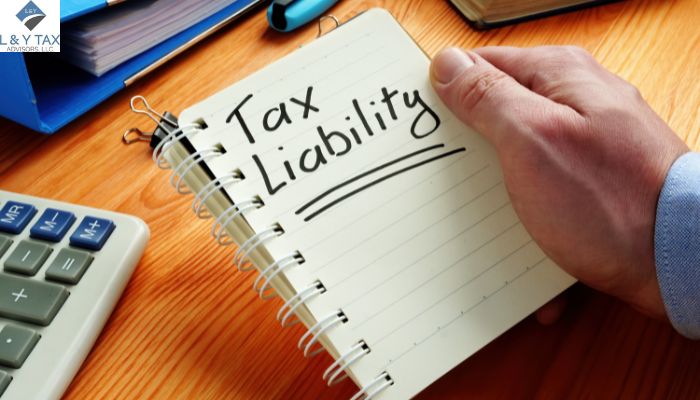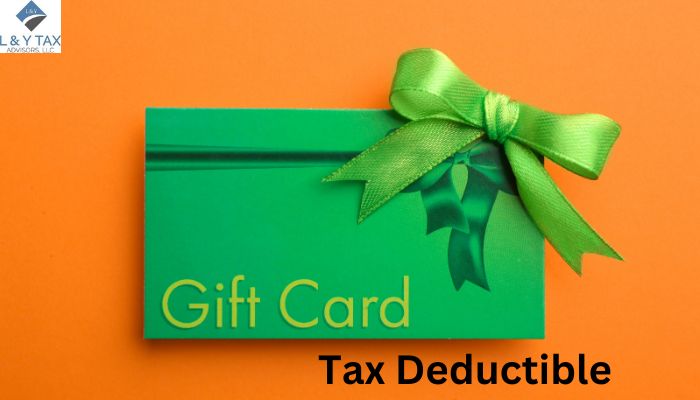
What is a Tax District?
It is crucial to comprehend what is a tax district while attempting to navigate the complexities of taxation. Comprehending tax districts and their operations is essential, whether you’re applying for a job or are just trying to get your head around personal financial planning.
Our business property tax services help you learn what is a tax district. You will also learn how they connect to zip codes and their importance for job applications.
An Insight into Tax District
A tax district is an area of land set aside by the local government for tax collection.
The borders of these districts are usually established by taking into account several variables, including:
- Geography
- Population density
- Jurisdictional limits
Tax districts provide the basis for deciding tax rates and distributing funds for local public services.
What is Tax District on Job Application?
If your employer is obligated to withhold local taxes, you may be asked questions about tax districts on your job application.
Employers frequently request your residence address or zip code for payroll purposes to identify the relevant tax district. Given the tax rates in your chosen district, this information aids in calculating the appropriate tax withholding amount from your paycheck.
If you provide accurate information about your tax district on your job application, your company will comply with local tax laws because l&y tax advisor is here for your assistance, and payroll processing will go more smoothly.
Verify the information resupplied to ensure everything is consistent in the tax withholding.
Tax District by Zip Code
Zip codes are essential in establishing tax districts. They offer a practical means of dividing up territory for taxation reasons. Each zip code may have different tax districts established for a certain geographic area. Local tax authorities employ zip code borders to create and administer tax districts efficiently.
You must speak with local tax officials or use government-provided internet tools to find your tax district by zip code. You can find your tax district by entering their zip code into one of these interactive maps or databases, which are standard tools.
In addition, using tax preparation software or hiring a tax specialist can help you determine which tax district is suitable for your residence location.
Contact us for residential property tax services.
A Tax Allocation District (TAD) is a designated area where future increases in property tax revenues are used to finance public infrastructure and community improvements within that district. By channeling growth-related tax gains back into the area, TADs help stimulate economic development and revitalize neighborhoods.
What is a tax increment financing district?
A Tax Increment Financing (TIF) district is a public financing mechanism used by municipalities to promote economic development and revitalization in specific areas. When a TIF district is established, the current assessed value of the property within it is used as a baseline. As property values in the district rise over time due to new development or improvements, the additional tax revenue, known as the “tax increment,” is captured and used to fund public infrastructure projects like roads, utilities, and parks.
The primary advantage of a TIF district is that it uses future tax revenue to invest in the present without raising taxes or utilizing existing public resources. This approach makes it an appealing tool for municipalities looking to spur growth in areas that would otherwise struggle to attract private investment. TIF districts can help fund a variety of projects, such as affordable housing, commercial developments, and environmental remediation.
TIF districts, however, have detractors who believe that they can drain revenue away from schools and other public services. As a result, careful planning and oversight are required to ensure that TIF districts achieve their intended economic and community development objectives while meeting the needs of all stakeholders.
What is the Role of a Local Tax District?
Tax districts in localities play an essential role in financing and directing the public services that are provided within a specific geographical area. The districts are created by local authorities to collect tax revenues, including sales, property taxes, or other assessments–for uses like education and water supply, fire protection, as well as transportation. Revenues collected are used to keep infrastructure running, aid local development, and ensure that essential services are specific to the needs of local communities. A school tax district provides local public schools. In contrast, an emergency fire district helps with services. Tax districts in local areas provide the public with transparency and accountability as the residents are often able to are the ones who decide the tax rate and budget. They also make sure the tax revenue is directly allocated to communities that are responsible for them, which encourages better and more efficient management. Local tax districts function as the financial engine for improving community conditions and allow residents to gain directly from the taxes they pay.
What is a Tax District Number?
For US residents, a tax district number is a particular identification number allotted to each geographic area to collect and levy taxes. Local governments can be:
- Counties
- Municipalities
- School districts
Such local bodies create these districts to finance public services, including:
- Utilities
- Road upkeep
- Fire safety
- Education
For properties located within its borders, the tax district number assists in determining the:
- Applicable local taxes
- Property tax rate
The tax district number indicates which taxing agencies are engaged when submitting taxes or reviewing a property tax bill. It is usually written on assessment notices or property tax statements.
Read: Can someone on welfare get a tax refund in California?
What is a Metro Tax District in the US?
In the US, a Metro Tax District is a special tax district established to finance and oversee services and infrastructure in a particular metropolitan region or development.
In rapidly expanding or freshly established cities, developers or local governments usually establish metro tax districts to fund public amenities like:
- Parks
- Water systems
- Roads
- Transportation systems
In a metro district, property owners or residents pay extra fees or property taxes. These are used to repay bonds issued to finance these renovations. Such taxes are separated from general property taxes and are typically added to homeowners’ property tax bills.
Read: How much does liberty tax charge?
How Can You Confirm Your Tax District? What It Would Look Like, and Why That Matters
It’s not just an academic question to figure out your tax district; it also determines how much that bill is likely to be, what exemptions you are eligible for, and what services a local government can offer.
- Begin by bringing up your property tax statement, or head to your county’s assessor website; most will have an address or parcel search option that lists the tax district number and taxing jurisdictions.
- Check your county’s GIS maps or an interactive tax district lookup tool to verify boundaries if you’re not certain which district a lot or new development is in.
- Look for applicable exemptions and mark appeal deadlines; challenging an assessed value can significantly reduce taxes.
- Businesses, assess for tax districts during site selection: With varying rates and infrastructure assessments, it can impact operating costs.
- If the parcel is in a TIF or special district, add to that new levies for projects.
If in doubt, consider hiring a property-tax specialist or reaching out to your local tax office, where someone should be on hand who can help interpret district codes and find potential savings or code compliance burdens.
Read more: What is the letter of representation on auditing?
The Bottom Line
Navigating the complicated world of taxes requires an understanding of tax districts. Knowing what is tax district is crucial, whether you are filling out a job application or handling your own money.
You can guarantee that you comply with tax laws and make wise financial decisions. Stay familiar with the idea of tax districts, especially regarding zip codes and job applications.


